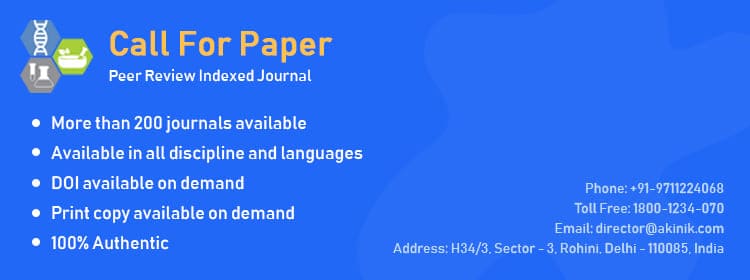

Akshay Gupta, Tapendra Kumar and Jitendra Kumar
The main cereal crop for most people on the planet is wheat (Triticum aestivum L.), which is a member of the Poaceae family, one of the most large and diverse. This grain is grown domestically all over the world and is polyploid in nature. About half of all food calories worldwide come from wheat, which is also high in dietary fiber, riboflavin, niacin, thiamine, minerals (Cu, Mg, Zn, P, and Fe), proteins (gluten), and vitamins (B-group and E). Proteins found in wheat seed storage are a significant source of nutrition and energy and are crucial in determining the quality of bread. One important staple crop that is essential to the world's food security is wheat. A thorough examination of wheat's agricultural value chain is necessary to increase the crop's production and distribution's competitiveness, efficiency, and productivity. This study offers a thorough analysis of the wheat agricultural value chain, covering important phases from pre-production to post-harvest operations. In order to find possible areas for development and increased sustainability, it examines the key players, difficulties, and opportunities within the wheat value chain. Policymakers, farmers, and other stakeholders can make well-informed decisions to support the wheat industry and advance global food security by looking at the dynamics of the value chain and comprehending its intricacies. The research report ends with a thorough grasp of the wheat agricultural value chain, including its difficulties and areas for development (Vitale et al., 2020). It highlights how important it is to take a comprehensive approach that involves all parties involved in order to guarantee robust and sustainable wheat production and distribution. The global wheat sector can solve current issues, increase productivity, and make a substantial contribution to global food security by putting focused interventions and policy reforms into place. To accomplish these goals and guarantee the welfare of producers and consumers along the wheat value chain, further study and teamwork are necessary. All parties involved must work together to implement policy implications and recommendations, and governments and private sector actors must be committed over the long run (Rasheed and Venkatesh, 2022). The wheat value chain may become more resilient, sustainable, and efficient by giving priority to these tactics, which will greatly enhance both economic growth and global food security. The wheat industry will be able to adjust to shifting market conditions and new difficulties in the future thanks to ongoing monitoring and assessment of policy results (Molla et al., 2022).
Pages: 236-241 | 2227 Views 1014 Downloads
